By default, most PNG writers will use the maximum compression setting, so trying to change that will not help much. Uncompressed PNGs exist, but they make no sense, I don't think you'll run into many of those.
Thus, the only way of making PNGs significantly smaller is to reduce the number of pixels it stores, or to reduce the number of colors it stores. You specifically said not to want to reduce the number of pixels, so the other option is to reduce the number of colors.
Most PNG files will be in "true color" mode (typically 24 bits per pixel, with one byte each for the red, green and blue components of each pixel). However, it is also possible to make indexed PNG files. These store a color map (a.k.a. palette), and a single value per pixel, the index into a color map. If you, for example, pick a color map of 64 entries, then each pixel will need 6 bits to encode the index. You'd store 64*3 bytes + 3/4 bytes per pixel (which of course compress as well). I found this web site comparing a few example images, what they'd look like and how big the file ends up being when reducing colors.
This other question shows how to use PIL to convert an RGB image to an indexed image:
img.convert("P", palette=Image.ADAPTIVE)
This seems to generate an 8-bit color map though, PIL has no support for smaller color maps. The PyPNG module would allow you to write PNG files with any number of colors in the color map.

